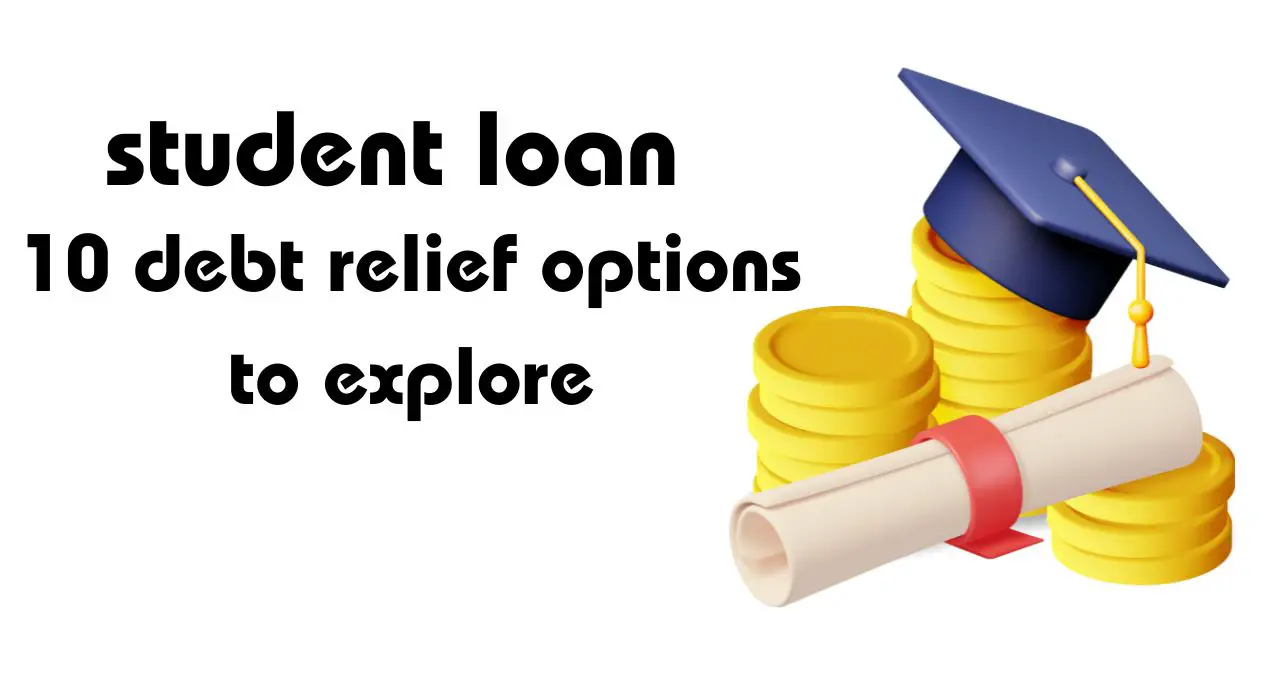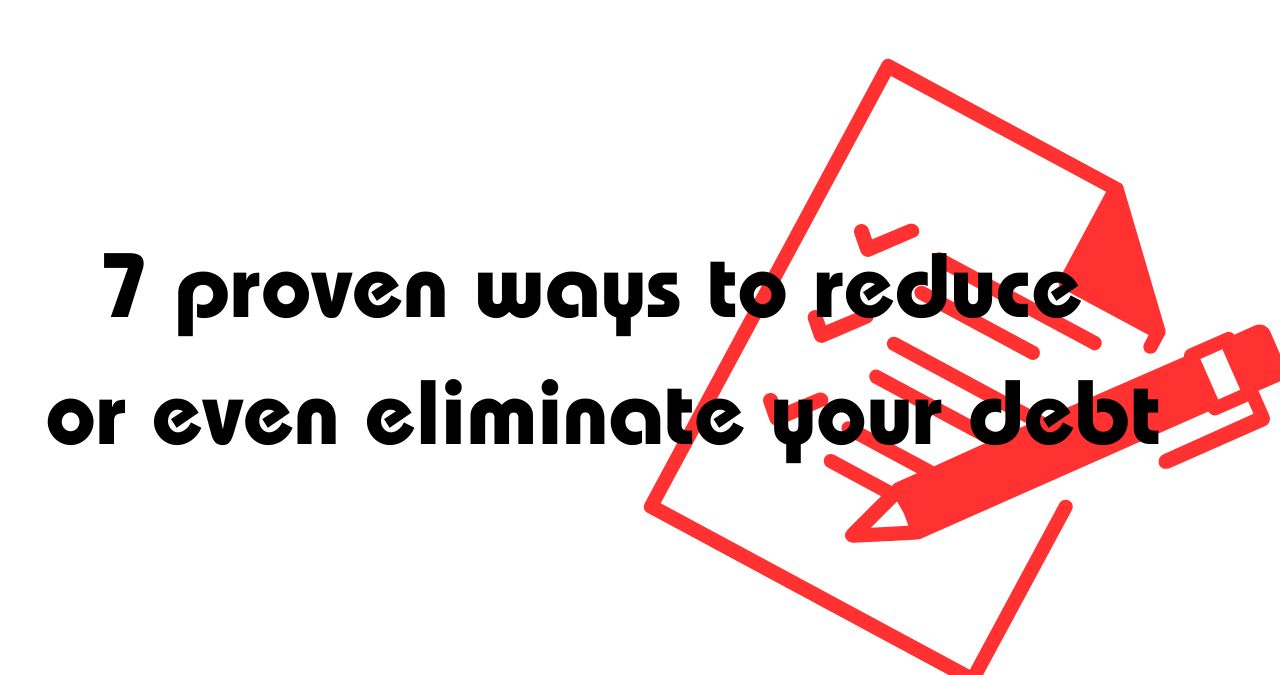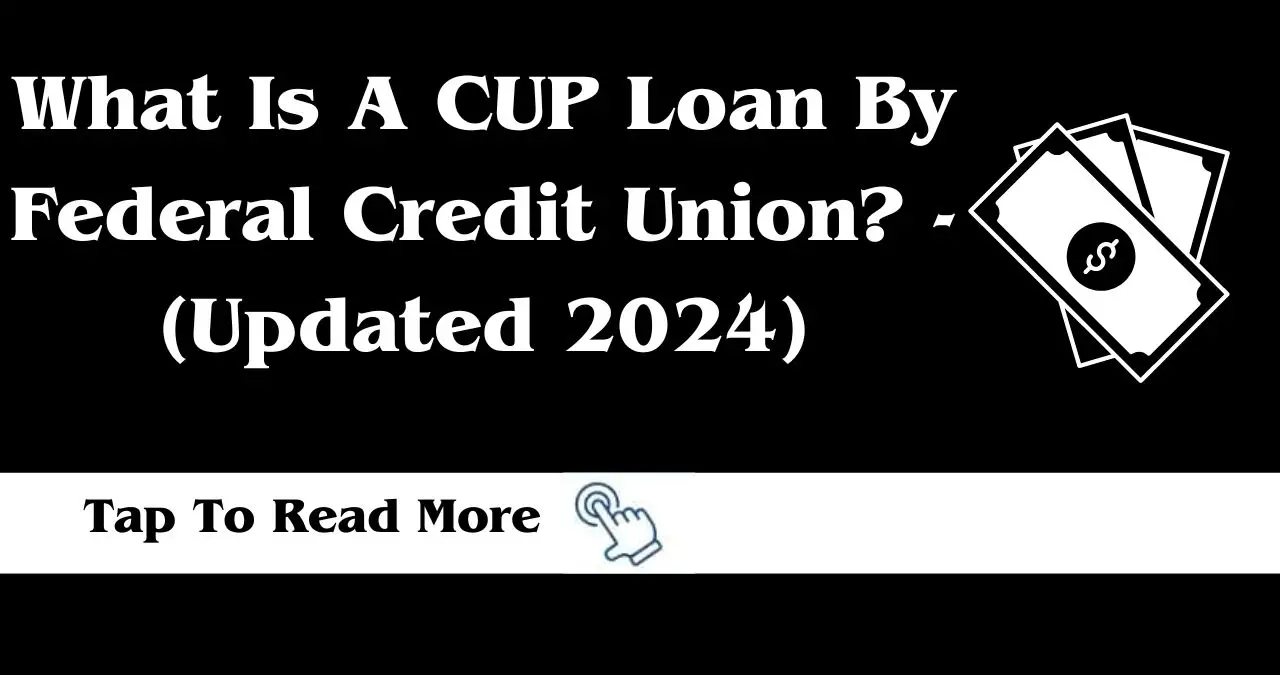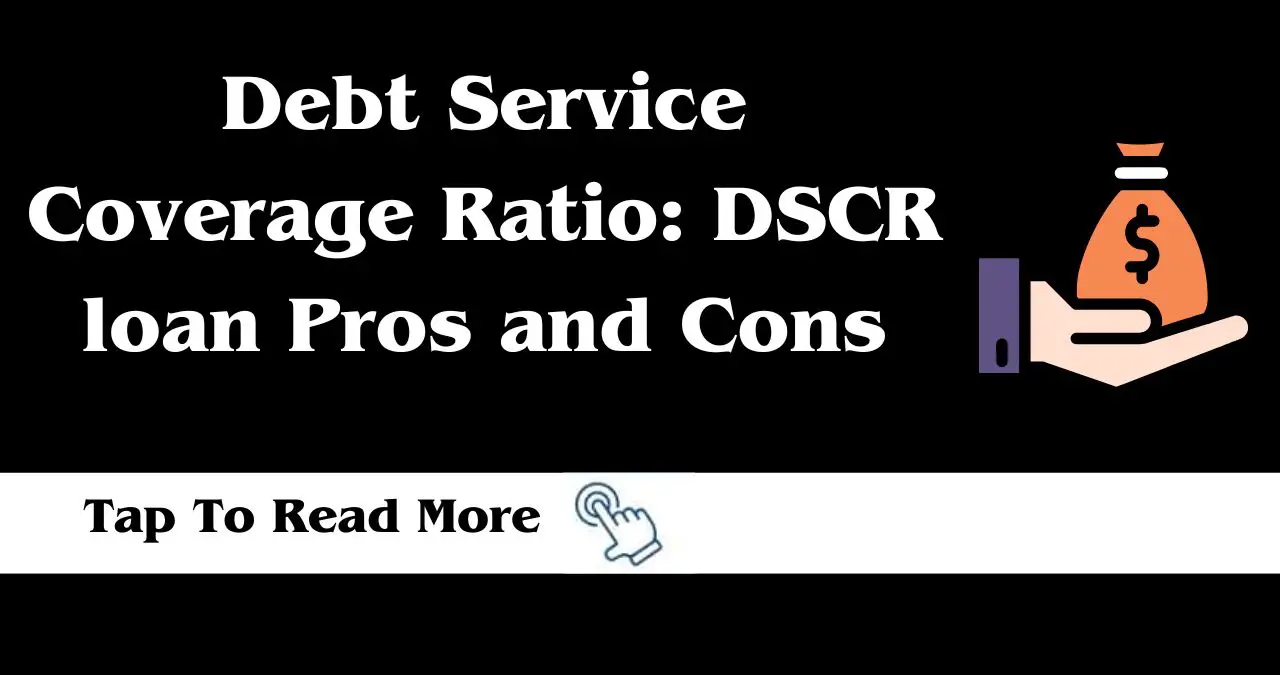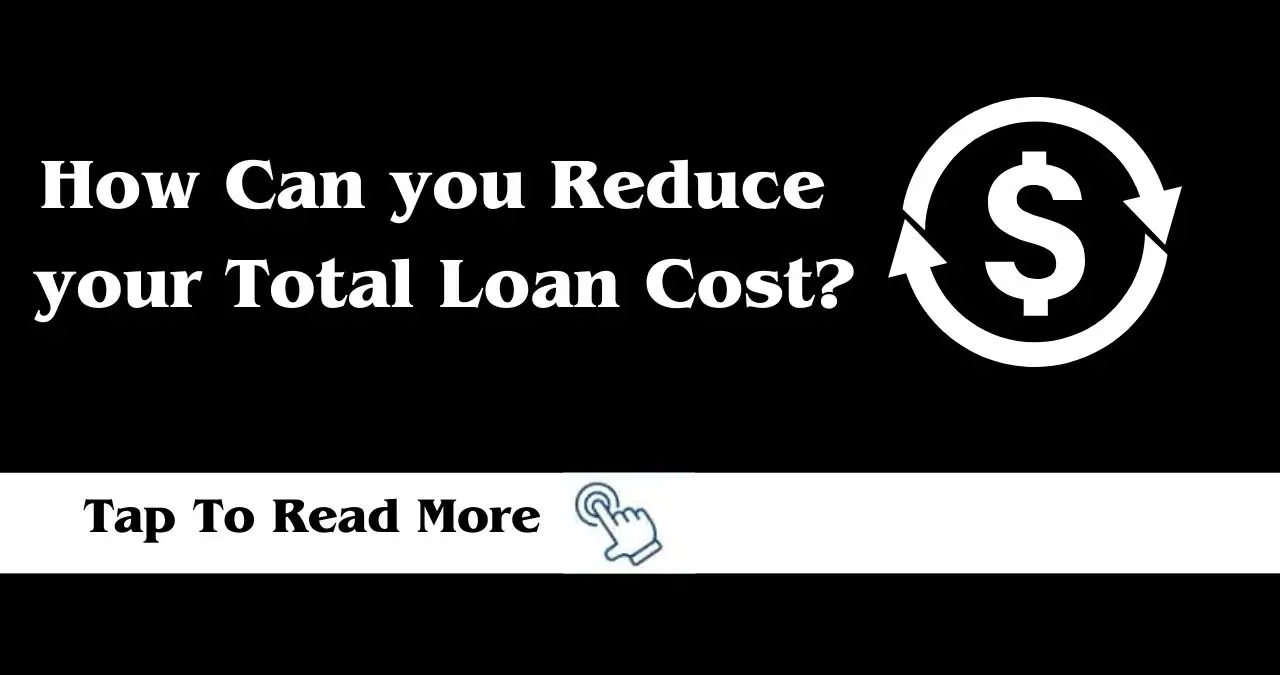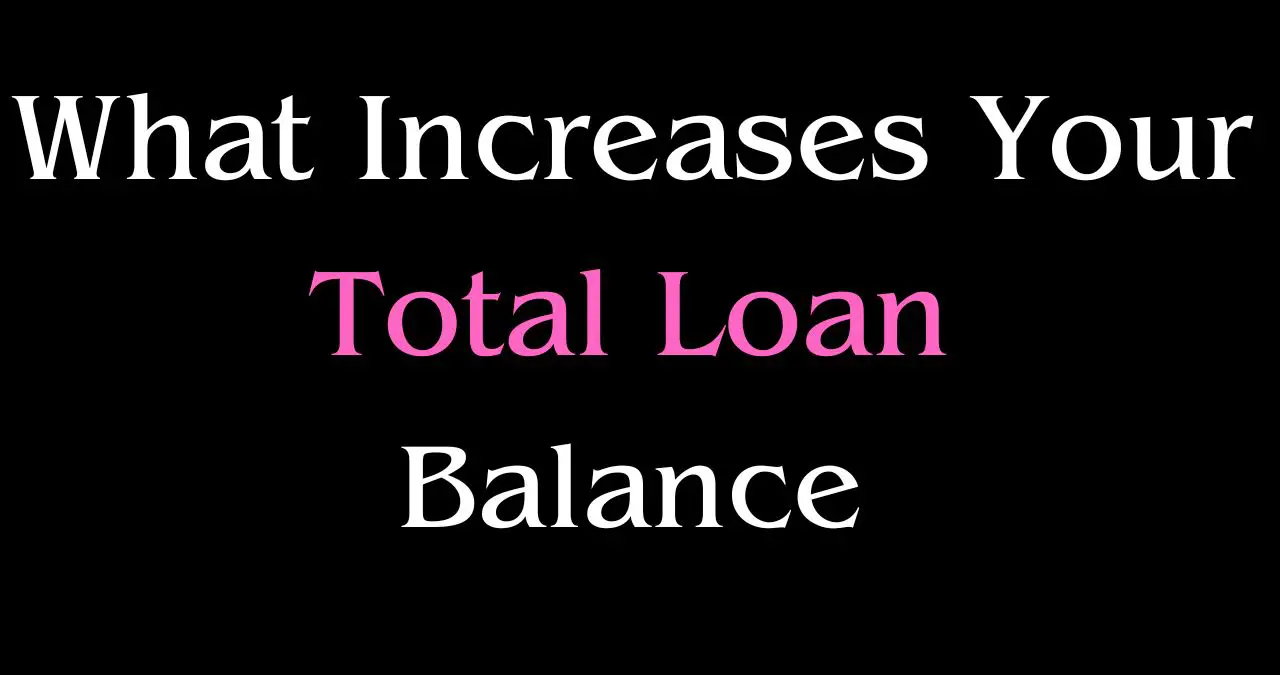It should come as no surprise that the majority of college graduates graduate debt-free because public university tuition costs average more than $11,000 annually. In actuality, to pay for education in 2023, parents and students borrowed roughly $98 billion in student loans.
You could be looking for debt relief solutions if you feel like your student loan sum is too high. Although student loans have more restrictions than other types of debt, there are alternatives to assist you to repay your loans or even make your payments more reasonable.
What makes student loans unique from other types of debt?
As an education manager at the nonprofit credit counseling organization MoneyFit, Todd Christensen stated that “student loans can feel like a double whammy for recent graduates.” The first is that, on a starting wage, individuals may find it difficult to afford their frequently large monthly expenses. Second, when attempting to go through the various repayment alternatives offered by their lender, they could feel overpowered.
There can be serious repercussions if you take out loans and find it difficult to repay them. Your loan servicer may, about federal loans,
Take money out of your paycheck, garnish your Social Security, or even take your tax refund without a judge’s approval.
Although it might not be the first option you would think of, debtors may think about filing for bankruptcy.
Cliff Andrews, CEO of Consumer Debt Relief Initiative, a debt resolution trade group, stated that “student loan debt in the U.S. is notoriously difficult to discharge in bankruptcy.” “Students who struggle to repay their loans will always have student loan debt because borrowers must show “undue hardship” to have their debt discharged—a far higher standard than for most other forms of debt.”
Relieving yourself of debt in bankruptcy is difficult, even if it’s not impossible to have your loans erased.
10 Debt relief options for student loan borrowers
You may be able to benefit from one or more of the following student loan debt relief solutions, depending on the type of loans you have:
1. Contact your loan servicer to discuss payment options
Contact your loan servicer, or the firm managing your loans, as soon as you find that the payments on your student loans are too high for you to make. You will probably have additional choices if you get in touch before you miss a payment.
You might qualify for an income-driven repayment (IDR) plan if you have federal student loans. Right now, there are four different IDR plans, but they’re all based on a percentage of your disposable income for payment. Certain borrowers are eligible to get $0 payments, meaning they won’t have to make any payments on their loans to avoid going into default. You can use the Federal Student Loan Payment Simulator tool to determine the cost of each payment plan and to enroll in an IDR plan at no cost.
While some private lenders provide alternate payment plans, IDR plans are not available for private student loans. You might be eligible for a short-term, lower payment schedule from the lender, which would allow you more time to get your finances in order.
2. Pursue loan forgiveness
Although it is only available to federal student loan debtors, loan forgiveness is a possibility. Three primary government loan forgiveness initiatives exist:
- IDR Forgiveness: The government will forgive any outstanding balance if you sign up for an IDR plan, make all of your scheduled payments, and after the plan’s payback period, you still owe money. You may be eligible for forgiveness in ten to twenty-five years, depending on your debt and the terms of the IDR plan.
- Forgiveness of Public Service Loans (PSLF): For federal loan borrowers who are employed by government agencies or nonprofits, PSLF is a program. If you work for an eligible employer for ten years and make 120 qualifying monthly payments, you may be eligible for forgiveness of 100% of the outstanding loan total. You may still be eligible for loan forgiveness even if you make smaller payments through an IDR plan because PSLF regulations allow payments made under an IDR plan to be counted.
- Teacher Loan Forgiveness: This program forgives elementary or secondary school teachers’ federal student loans up to $17,500 if they work for at least five full years in a row in low-income schools.
3. Explore loan cancellation options
While loan cancelation is possible because of events beyond your control, debt forgiveness is obtained based on your work or payment history. Typical methods for debt cancellation consist of:
- Total and permanent disability: You can be eligible for a loan discharge if you have a permanent disability that prevents you from working. While some commercial lenders also provide loan discharge for borrowers with disabilities, the federal government offers total and permanent disability discharge.
- Borrower defense to repayment: You can be qualified for loan discharge if you attended a school that was later determined to be breaking federal or state laws or if you chose a college based on false information. The Federal Student Aid website has a list of universities that are participating in borrower defense to repayment discharges; this list is exclusive to federal loan borrowers.
4. Apply for forbearance or deferment
You might be qualified for forbearance or deferment if you are experiencing a brief financial hardship, such as a job loss or sickness. You can put a temporary stop to your payments with these programs.
Federal forbearance programs typically have more qualifying circumstances and a longer period. But some private lenders also let you defer payments through their forbearance plans.
5. Sign up for debt counseling
If you’re having trouble comprehending your options for repaying your student debt, several
Programs tailored especially for borrowers of student loans are offered by nonprofit credit counseling organizations.
There are various methods by which debt counselors can assist debtors, according to Bruce McClary, senior vice president of membership and media relations of the National Foundation for Credit Counseling (NFCC).
In addition to your income and expenses, “NFCC Certified Student Loan Counselors can assess your financial situation, including all of your debt (including student loans),” he stated. In addition to taking into account government choices like income-driven repayment plans and prospective consolidation techniques, they will assist you in developing a realistic budget and a customized repayment plan that takes into account all of your loans.
Nonprofit credit counseling services are frequently provided at no cost or on a sliding fee basis. Additionally, if you’re handling multiple types of debt, a credit counselor can assist with medical expenses, credit card balances, and other debts.
Assistance with private student loan debt may be provided by some of the top debt relief providers.
6. Ask your state for help repaying your loans
Your eligibility for state loan assistance may depend on your occupation and place of residence. Special loan repayment assistance programs are offered by some states to promote employment in high-need industries like healthcare and education. As an illustration:
- Georgia Board of Health Care Workforce Loan Repayment Program: Up to $25,000 in loan repayment aid is available to medical professionals, such as dentists and physicians, annually.
- STEM Loan Redemption Program in New Jersey: Employees in New Jersey who work in the fields of science, technology, engineering, and mathematics and who reside there can be eligible for up to $2,000 in annual loan repayment help.
- Loan Repayment Assistance for Florida Legal Aid Attorneys: If you practice law in Florida and are employed by a legal aid agency, you might be qualified for repayment assistance for up to $5,000.
7. Request assistance from your employer
Contributions to the repayment of student loans are one way that some firms assist their staff members with debt. Employers who provide student loan reimbursement benefits comprise 8% of the workforce, according to the Society for Human Resource Management.
Your employer will contribute a maximum of one monthly payment toward your student loans if you are eligible for repayment assistance. For instance, if your employer contributes up to $100 each month toward your loans, you may receive $1,200 annually.
8. Pay off your debt from student loans
Debt settlement may seem enticing if you have school loans as well as other types of debt. Nonetheless, student loan debt settlement is challenging.
You’ll need to pay between 85% and 95% of your sum plus interest and costs to settle your federal loan debt, as successful debt settlement is extremely unusual. Negotiations will be your responsibility; debt settlement programs are not handled by the U.S. Department of Education.
That being said, while some companies might be ready to assist you in negotiating a settlement for your private student loans, debt settlement companies will not work with federal loans.
Normal settlements, before the debt relief company’s fees are deducted, vary from 40% to 70%, depending on your circumstances.
Though it’s not a solution for everyone, debt settlement businesses have shown to be effective in providing a fresh start financially, according to Andrews.
9. Get your student loans refinanced
Student loan refinancing is one option for borrowers with high-interest loans to reduce costs or expedite payments. You can pay off your current federal or private loans by refinancing, which involves taking out a new loan. Your monthly payment and total repayment cost may be reduced if you are eligible for a loan with a lower interest rate than you currently have if you have good credit or if a family member with good credit is prepared to co-sign your application.
Refinancing does have drawbacks, too, especially if you have federal loans. It is normally preferable to refinance solely your private loans because refinancing federal debt results in the loss of access to federal loan perks such as IDR programs and loan forgiveness.
10. Speak with a lawyer about bankruptcy
In cases where you feel that there is no way out of your debt, filing for bankruptcy may be an option. While it is uncommon, it is possible to have federal and private student loans canceled in bankruptcy.
Filing for bankruptcy is a significant decision that can have a permanent impact on your credit, so you should only consider it after all other alternatives for debt relief have been exhausted. Speak with a non-profit credit counselor or a bankruptcy attorney to determine if filing for bankruptcy makes sense.
